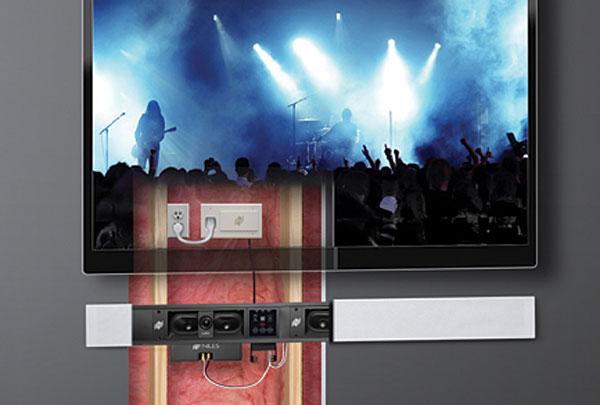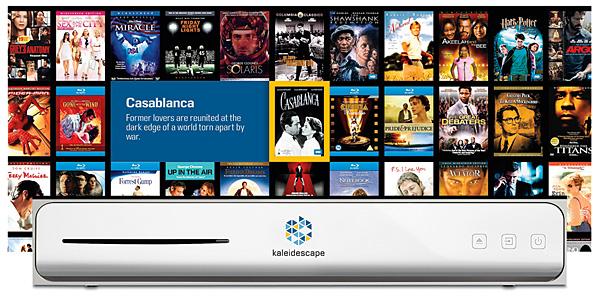Darryl Wilkinson
|
Apr 07, 2014
|
Mar 27, 2014
|
Feb 18, 2014
|
Feb 06, 2014















